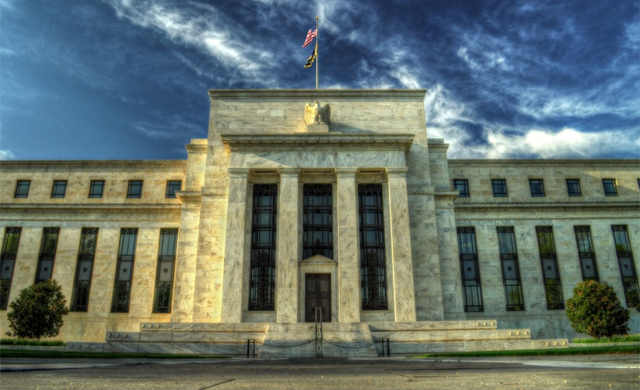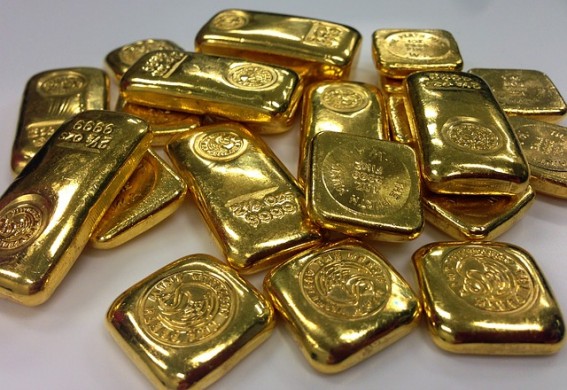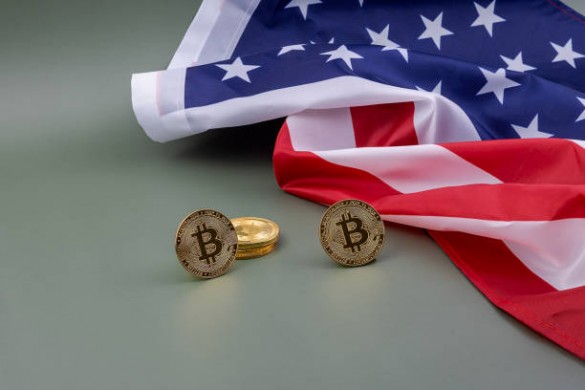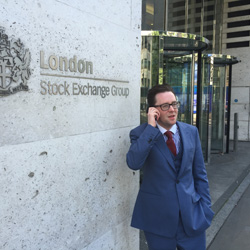Unsurprisingly, Jerome Powell stated in his recent speech that a strong economy and a stable labour market may require a further interest rate hike.

According to the Fed chief, the regulator is committed to bringing it back to the 2% target, but they will proceed cautiously to achieve this.
He also acknowledged that inflation is still too high and that a few months of positive data are just the beginning. So, we could say there is a fear of a second wave of inflation.
And no wonder because, thanks to geopolitical tensions, energy prices (one of the primary sources of positive CPI trends for the past year) are gaining momentum again.
As for the markets’ reaction, some uncertainty persists: while defensive assets rose, indices initially fell, rebounded, and finally ended in the red.
This week, on the other hand, the yield on 10-year US Treasury bonds has risen above 5%, suggesting that further hikes or higher interest rates are in the offing for longer.
As for the consequences of exceeding the 5% barrier, they go beyond the increase in the State’s borrowing costs. They also affect companies and households.
For example, the average interest rate on 30-year fixed-rate mortgages has risen three basis points to 7.70%, the highest since November 2000.
It should come as no surprise that the weekly index of mortgage applications fell by 6.9% in the week ending October 13 to 166.9 points, the lowest level since May 1995.
Speaking of prospects, high yields could become a substantial challenge for the stock market as they compete with equities in attractiveness.
Ultimately, gold also tends to suffer when bond yields rise. The fact that it has not fallen so far can be attributed to the conflict between Israel and Hamas.
Moreover, it could spike further if the conflict spreads to new countries, such as Iran, Qatar, Lebanon, and potentially even Turkish-funded groups.

 Hot Features
Hot Features












